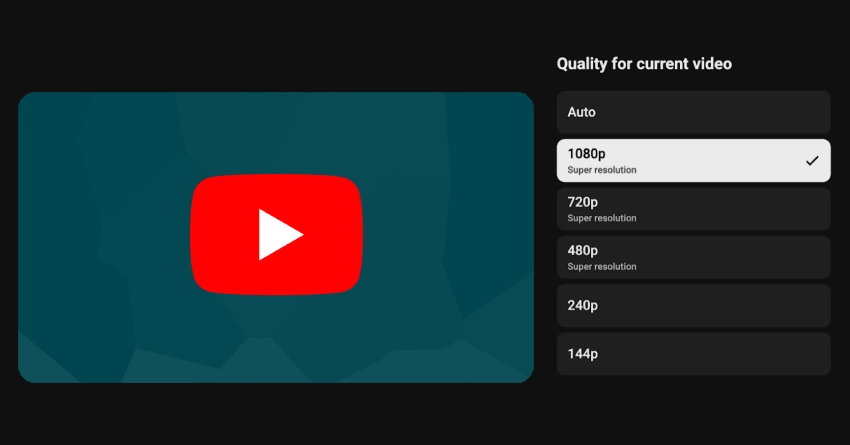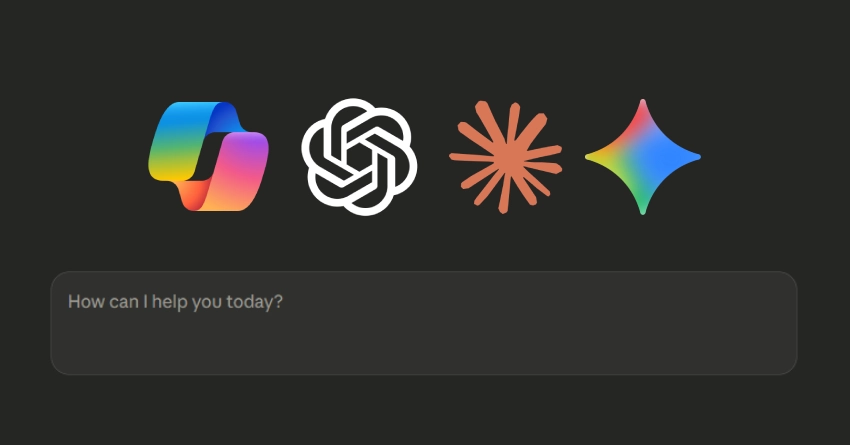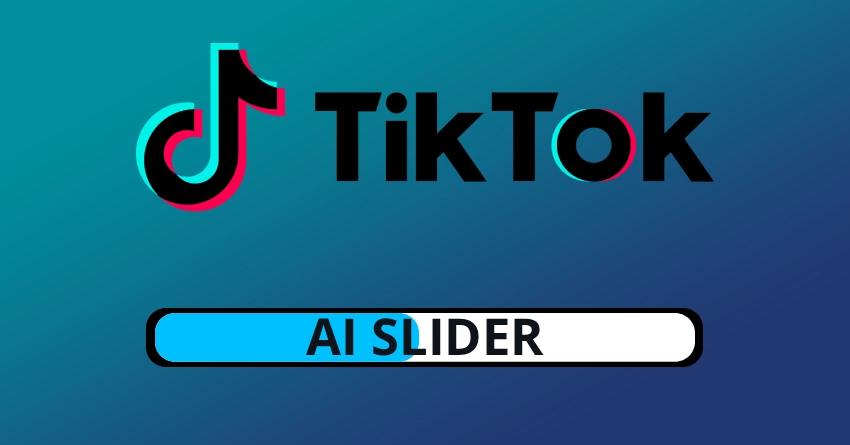YouTube is rolling out a feature called “Super Resolution” that uses artificial intelligence to automatically enhance the playback quality of low-resolution videos. Videos uploaded in lower resolutions (commonly between 240p and 720p) are analyzed and presented in higher-quality playback — typically HD (1080p) on devices that can benefit from clearer images. Future updates are expected to expand support toward 4K playback.
How It Works
- Original file preserved: The uploader’s original file and resolution remain unchanged; YouTube generates an AI-enhanced playback version.
- Device-aware playback: When the platform detects a viewing device (for example, a TV or high-resolution display) that would benefit, it may automatically present the “Super Resolution” version.
- Creator control: Channel owners can opt out of automatic upscaling so their uploads remain in original form for all viewers.
- Viewer choice: Viewers can choose between the enhanced playback and the native original if they prefer the unaltered look.
Purpose of the Feature
A growing share of YouTube viewing happens on connected TVs and other large screens, where low-resolution uploads often look pixelated or blurry. Super Resolution aims to reconstruct details, reduce visible noise, and sharpen edges so older or low-res videos appear clearer on big displays. The change improves visual appeal and can increase viewer satisfaction and engagement for content that otherwise looks poor on large screens.
Considerations and Limitations
- Visual tone may change: AI upscaling can introduce artifacts such as over-sharpening, altered textures, or subtle color shifts that change the original look and feel of a video.
- Opt-out available: YouTube provides options for creators (and in many cases viewers) to disable the automatic enhancement.
- Not relevant to already-high-quality uploads: Videos uploaded in high resolutions or those manually remastered by creators will not benefit from, nor generally be targeted by, automatic upscaling.
- Processing on YouTube’s side: Enhancement happens during playback via server-side inference, so upload bandwidth or storage for creators is unchanged; computational cost is borne by the platform.



